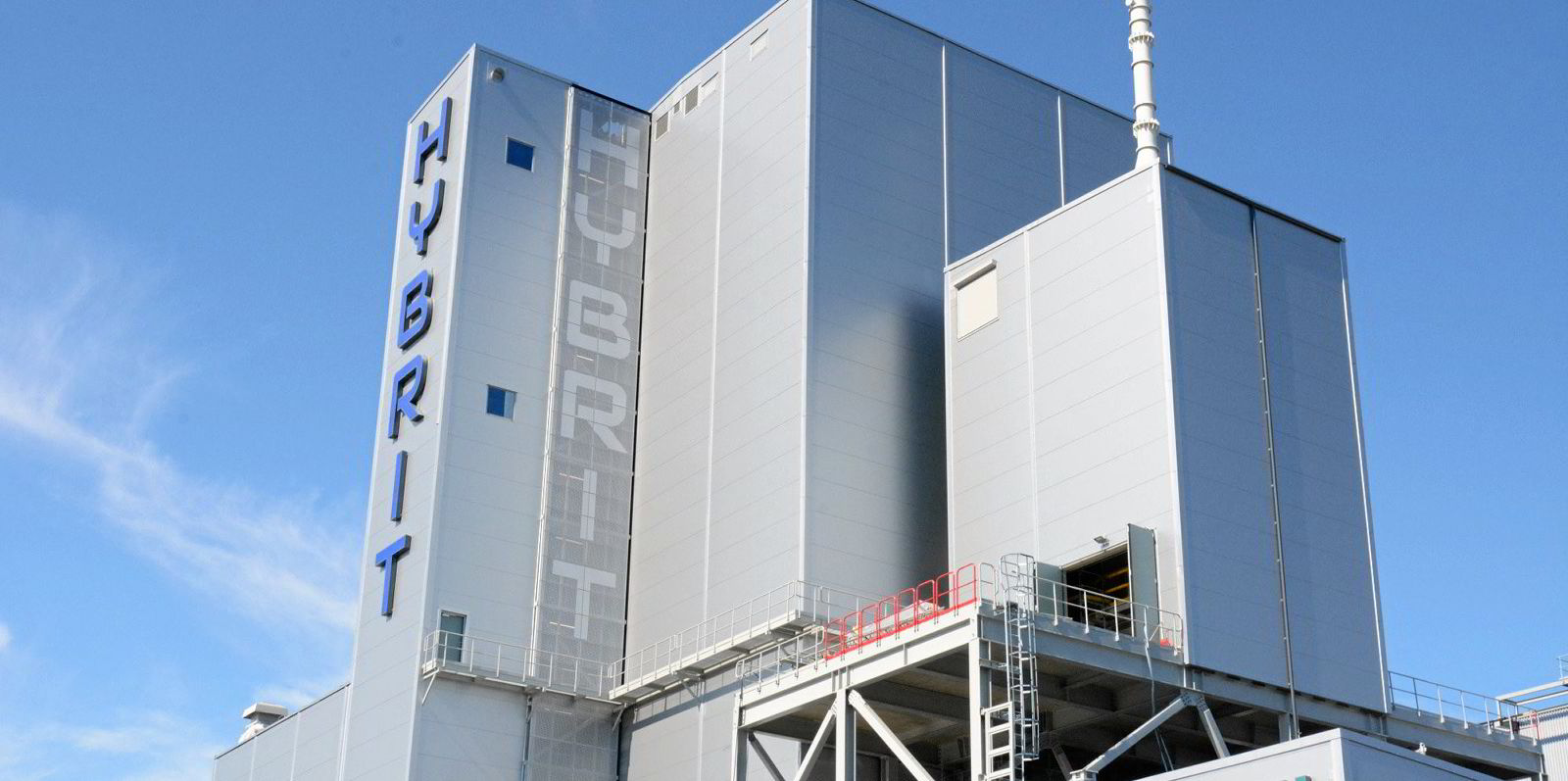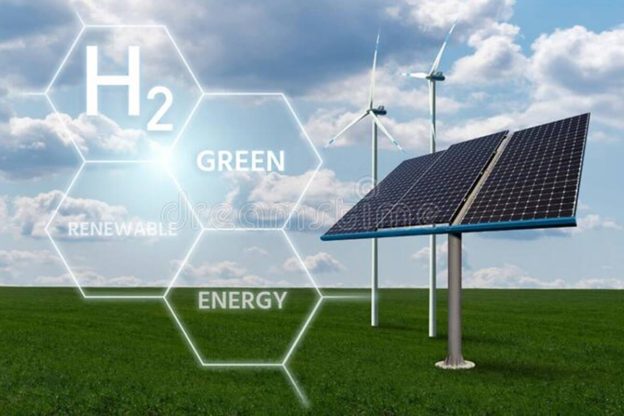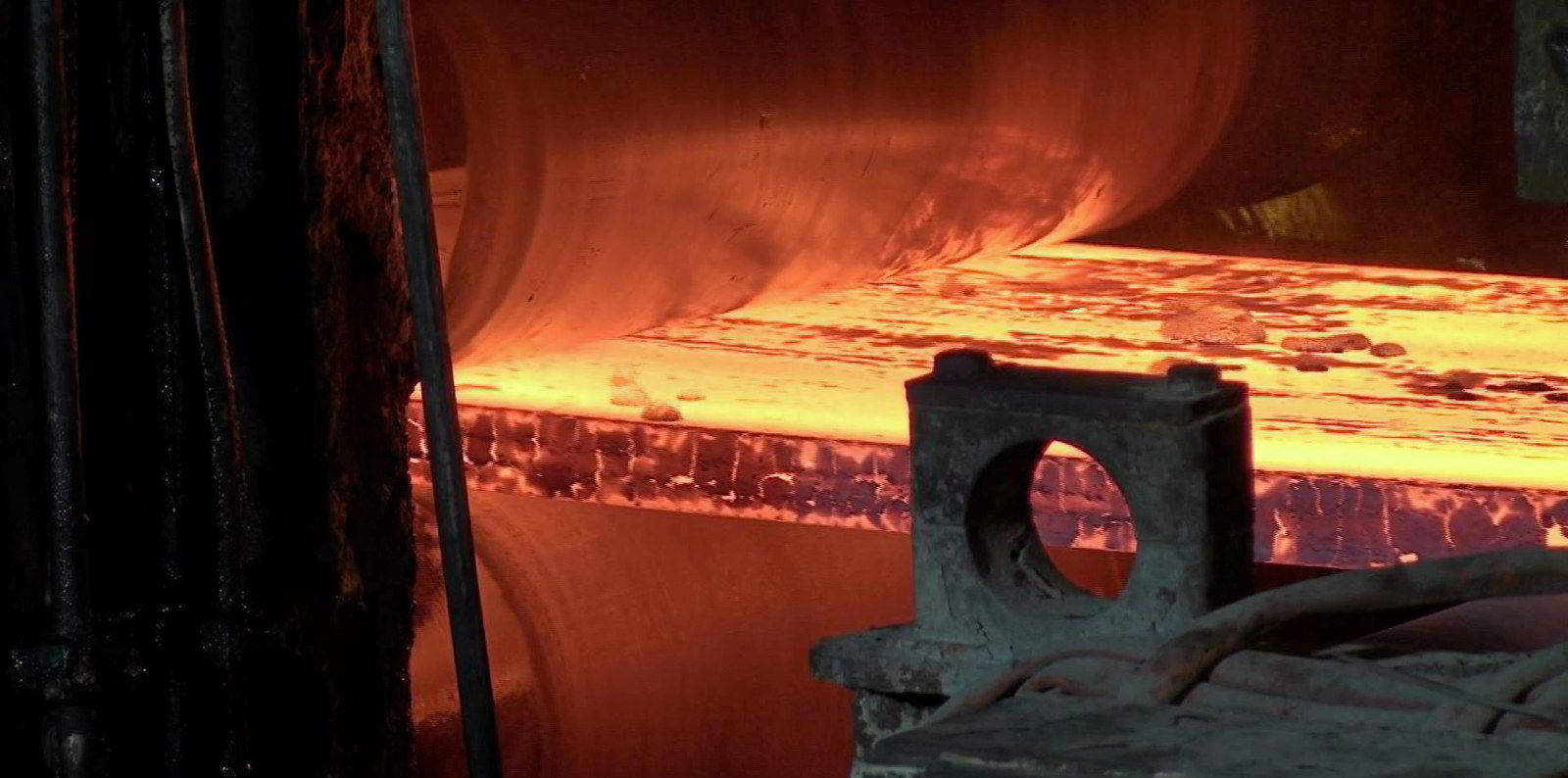Shift to cleaner production and more recycling could put nations with access to renewables and higher-grade ore on pole, says report
The global steel industry is on the verge of a “titanic pivot” from coal to hydrogen as its main source of energy that could shift the geographical focus of the sector to favour markets with access to abundant renewable power, said BloombergNEF.
The research group said green hydrogen from renewables has the potential to be the cheapest energy source for steel production by 2050, by when it could account for 31% of the global market. With recycled steel processed using clean power set to make up another 45%, the market would be unrecognisable from the current 70% domination of steel made in coal-fired blast furnaces.

Kobad Bhavnagri, head of industrial decarbonisation at BNEF said: “The global steel industry is poised to begin a titanic pivot from coal to hydrogen. Green hydrogen is both the cheapest and most practical way to make green steel, once recycling levels are ramped up. This transition will cause both great disruption, and great opportunity. Companies and investors don’t yet appreciate the scale of the changes ahead.”
A major role for green hydrogen will require the steel sector to invest in new production capacity that’s ready for conversion from fossil gas to H2, and in electric furnaces, both of which will require massive amounts of renewable power and a shift to use of higher-grade iron ore, said BloombergNEF’s study Decarbonizing Steel: A Net-Zero Pathway.

Nations with ready access to both could be poised to strengthen their positions in the steel sector, the study said, citing Brazil – which it said could be producing some of the lowest cost hydrogen by 2030 – along with India, Russia and South Africa. Australia, however, “currently produces lower grade ores, and could lose its number one place in the supply chain, if it does not invest in equipment to upgrade its product”.
The study also notes the critical role of China, which accounts for more than half of current steelmaking capacity and whose “path to lower emissions will set the direction for the industry as a whole”.
Cost reductions critical
As always with renewable hydrogen, cost is a decisive factor. BloombergNEF said the steel industry faces a $278bn investment bill for the capacity and retrofits needed to make a shift to hydrogen and recycled steel, which it labelled “relatively modest” in energy transition terms.
But the research group said reducing costs of green H2 by around 80% to below $1/kg is “critical”.
BloombergNEF added: “Green recycling is also a cost-effective and immediate solution. Steel recycled using 100% clean electricity would only require a 5% premium to match costs for today’s recycled material. By 2050, with lower clean power costs, this premium could shrink to less than 1%.”(Copyright)
https://www.rechargenews.com/energy-transition/titanic-pivot-from-coal-to-hydrogen-could-redraw-global-steel-map-bloombergnef/2-1-1109591






